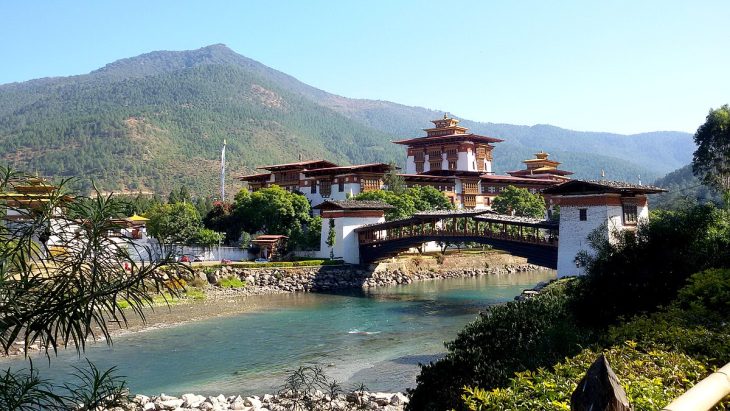
Word of the Day: Malleable
Today’s word of the day, thanks to the Brittanica Dictionary, is malleable. Malleable is an adjective that means “capable of being stretched or bent into different shapes” or “capable of being easily changed or influenced” (https://www.britannica.com/dictionary/eb/word-of-the-day).
Malleable entered the English language in the “late 14c., ‘capable of being shaped or extended by hammering or rolling,’ from Old French malleable and directly from Medieval Latin malleabilis, from malleare ‘to beat with a hammer,’ from Latin malleus ‘hammer’ (from PIE root *mele- ‘to crush, grind’). Figurative sense, of persons, ‘capable of being adapted by outside influence’ is recorded from 1610s” (https://www.etymonline.com/word/malleable#etymonline_v_6745). Here we have another example of linguistic broadening, where the word means something pretty specific, but then additional meanings are added to it. I would suggest that most people today who know the word malleable are more likely to use it in reference to people than to metal, especially since most people today are not involved in working as a smith.
You might be looking at that PIE root and wondering whether it also somehow gave us the word hammer, but that noun comes from “Old English hamor ‘hammer,’ from Proto-Germanic *hamaraz (source also of Old Saxon hamur, Middle Dutch, Dutch hamer, Old High German hamar, German Hammer). The Old Norse cognate hamarr meant ‘stone, crag’ (it’s common in English place names), and suggests an original sense of the Germanic words as ‘tool with a stone head,’ which would describe the first hammers. The Germanic words thus could be from a PIE *ka-mer-, with reversal of initial sounds, from PIE *akmen ‘stone, sharp stone used as a tool’ (source also of Old Church Slavonic kamy, Russian kameni ‘stone’), from root *ak– ‘be sharp, rise (out) to a point, pierce’” (ibid.). So, no, malleable and hammer are linguistically unrelated.
According to On This Day, on this date in 2008, Bhutan became a democracy, holding its first general election.
Bhu who? Bhutan is a tiny nation that is between China to the north (actually the Tibet Autonomous Region, better known as Tibet) and India to the south. Its population is less than 800,000, while it covers over 38,000 square kilometers. It has been a kingdom since 1907, but the king relinquished absolute authority over the country in the late 1990s, and then established a parliamentary monarchy in 2008.
The northern part of Bhutan is in the Himalayan mountains, “where peaks can easily reach 7,000 metres (22,966 ft); the highest point in Bhutan is Gangkhar Puensum, which has the distinction of being the highest unclimbed mountain in the world, at 7,570 metres (24,840 ft)” (https://en.wikipedia.org/wiki/Geography_of_Bhutan). “Centuries of isolationism, a small population, and topographical extremes have led to Bhutan maintaining one of the most intact ecosystems in the world. The country ranks amongst the top ten countries in the world in terms of species density (species richness per unit area). Over fifty-five hundred varieties of plant life exist, including around 300 medicinal ones. More than 770 species of avifauna and more than 165 species of mammals are known to exist, including many rare and endangered species like the red panda, snow leopard, and golden langur” (ibid.).
The climate of Bhutan varies according to region and elevation. The mountains tend to be colder, but in the southern and eastern regions, summers can get hot. Bhutan has monsoon rains, like much of southeast Asia. Much of the country stays pretty windy, especially in the north.
Bhutan kept itself isolated from the rest of the world in the 19th and 20th centuries. The people probably felt like they had had enough of other people. China had conquered Bhutan in the 18th century, and then the British took over and chipped away at Bhutan’s borders. But in 1974, after 67 years of monarchy, Bhutan began to open itself up to tourism, though in a slow and controlled fashion. In addition to regular tourist expenses, visitors to Bhutan have to pay a Sustainable Development Fee (https://en.wikipedia.org/wiki/Tourism_in_Bhutan). “The most important centres for tourism are in Bhutan’s capital, Thimphu, and in the western city of Paro, Taktshang, a cliff-side monastery (called the ‘Tiger’s Nest’ in English) overlooking the Paro Valley, is one of the country’s attractions” (ibid.).
The official language of Bhutan is Dzongkha (language of the fortress), a language in the Sino-Tibetan family of languages. Its orthography is the Tibetan alphabet. “Dzongkha study is mandatory in all schools, and the language is the lingua franca in the districts to the south and east where it is not the mother tongue” (https://en.wikipedia.org/wiki/Dzongkha). There are other languages spoken in various parts of Bhutan, some descended from Old Tibetan but some not. Many of these languages are autochthonous, meaning that they did not come from somewhere else, and many have a fairly small number of speakers.
There is a part of me that understands why the government of Bhutan wants everyone to speak one language. The value of a common language within a country is obvious, not only to a tiny country like Bhutan but to an enormous country like India. But it seems sad that languages like Lhokpu, a language spoken by fewer than 3,000 people, may eventually die out. Perhaps the Lhop people will be able to maintain their language while also communicating with the rest of the people in Bhutan through Dzongkha; after all, our linguistic capabilities are malleable, especially when we are younger. And perhaps I will get to visit Bhutan someday.
Today’s image is Dzong of Bhutan, found here: https://commons.wikimedia.org/wiki/File:Bhutan_wonders.jpg. It looks like it would be an interesting place to visit.